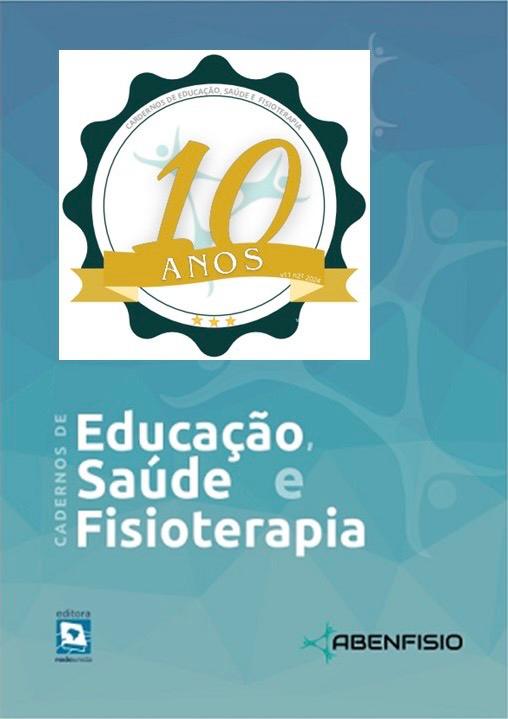USE OF BIOMODULATOR THERAPIES IN THE TREATMENT OF INTIMATE REGION DYSFUNCTIONS IN WOMEN: STATE OF THE ART
Biomodulator Therapies in Intimate Region Dysfunctions
DOI:
https://doi.org/10.18310/2358-8306.v11n21.a11Keywords:
Photobiomodulation, Radiofrequency, Ultrasound Therapy, Vaginal DiseasesAbstract
Introduction: Biomodulatory therapies such as Microfocused Ultrasound, LASER and LED Photobiomodulation and Radiofrequency have been increasingly used for the treatment of intimate dysfunctions. Objective: Collect scientific evidence about the main effects of some of the most used non-invasive therapies for the management of intimate dysfunctions in women, as well as document their treatment protocols described in the literature. Methodology: This is na integrative literature review, whose search for scientific articles was carried out in databases, using descriptors from the virtual health library (DeCS), namely, Vaginal Lasertherapy AND Photobiomodulation, Vaginal Lasertherapy AND Radiofrequency, Microfocused Ultrasound, with its equivalents in English. Studies that addressed non-invasive aesthetic therapies for the treatment of intimate dysfunctions were included, published between 2014 and 2024 and made available in full for reading. Results: Microfocused Ultrasound has been indicated for the treatment of various dysfunctions of the intimate region, promoting responses in the vulvar health index. LASER and/or LED photobiomodulation has been identified as an innovative therapy to treat genitourinary syndromes. Studies on the use of the Radiofrequency system have reported promising results, with the adoption of different protocols for the treatment of intimate dysfunctions. Conclusion: The literature points to the possible potential beneficial action of the non-invasive therapies mentioned in the management of dysfunctions in the intimate region, however, it was found that their clinical applicability and accessibility are still limited.Downloads
Published
2024-10-17
Issue
Section
Revisão de Literatura
License
- Autores mantém os direitos autorais e concedem à revista o direito de primeira publicação, com o trabalho simultaneamente licenciado sob aLicença Creative Commons Attribution que permite o compartilhamento do trabalho com reconhecimento da autoria e publicação inicial nesta revista.

